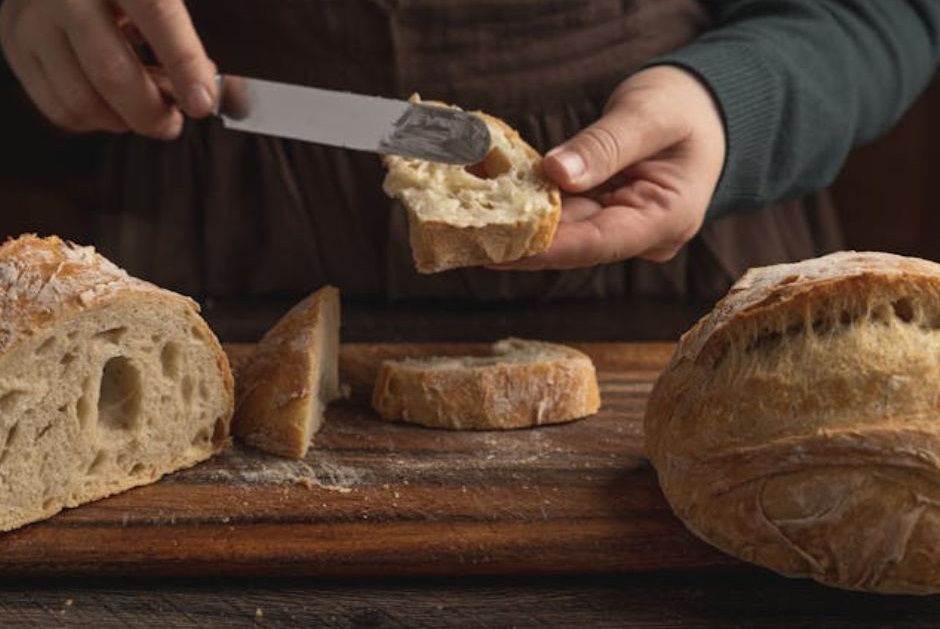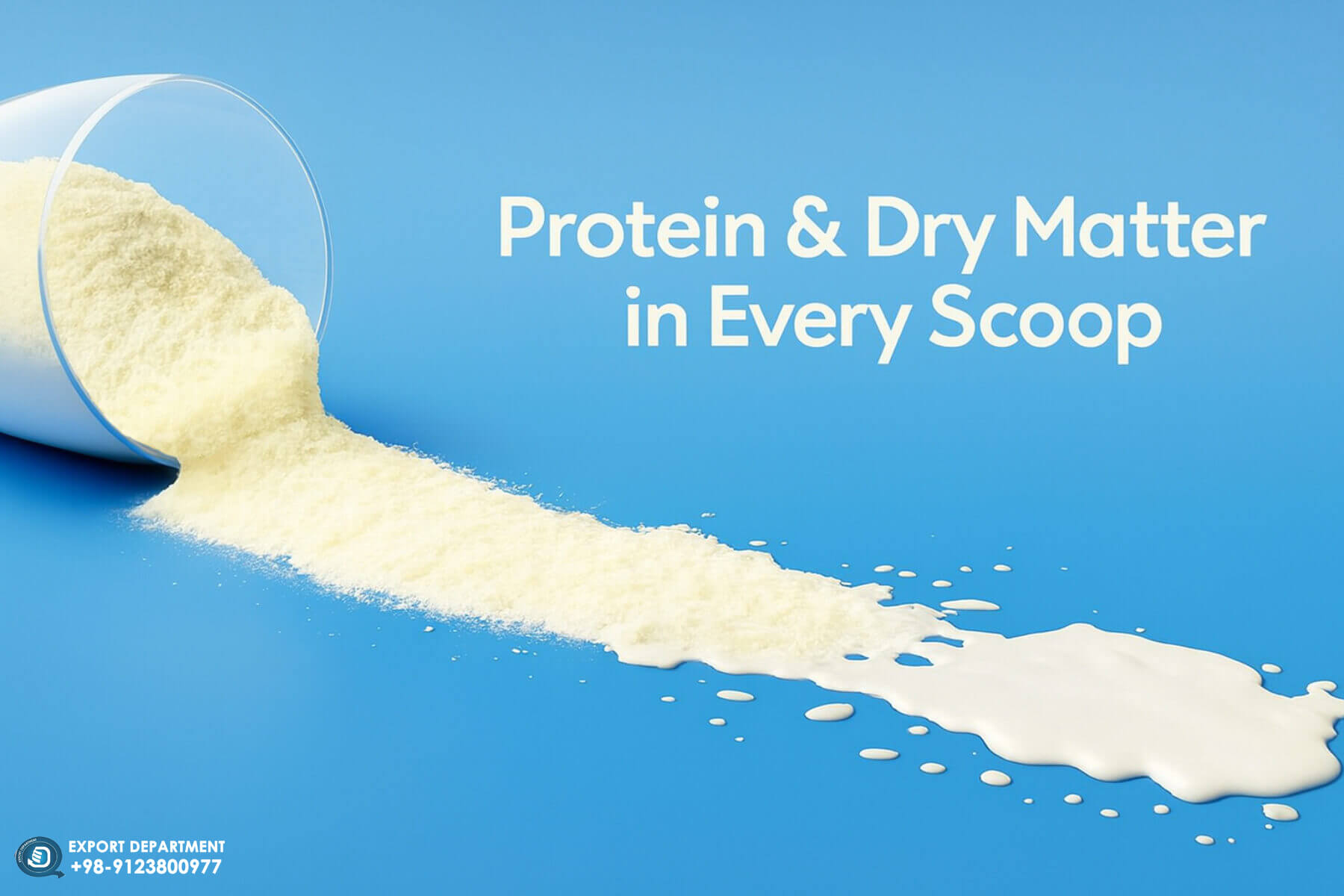Salted vs. Unsalted Butter
Salted and unsalted butter differ in taste, shelf life, and culinary uses. Salted butter is suitable for baking and everyday use. Unsalted butter is an ideal choice for baking due to its high purity, while salted butter gives foods a richer flavor and stays fresher longer.
Introduction
Butter is divided into two categories: animal and vegetable. Animal butter is available in solid form, and vegetable butters (margarine) are available in solid or liquid form. Solid margarines are usually hydrogenated and saturated, which differ in composition from natural margarine.
Contrary to previous beliefs, studies show that moderate consumption of animal fat is not only not harmful, but also helps in weight loss in diets such as ketogenic. Researchers today emphasize that the main factors of heart problems are inactivity and excessive consumption of unhealthy fats. As a result, controlled consumption of animal butter can provide daily energy and is rich in nutrients.
Cow's butter is a popular dairy product that is produced from cow's milk fat and has a rich aroma and flavor. This butter is usually used for breakfast, cooking, and baking. Nutritionally, animal butter is a rich source of fat-soluble vitamins. These vitamins include vitamins A, K2, D, E, and B12. Butter also contains CLA fatty acids, which help boost the immune system, reduce body fat, and fight some cancers. In addition, its butyrate compound improves digestion, reduces inflammation, and helps control weight.
The difference between salted butter and unsalted butter
Yes, the main difference, as the name suggests, is the salt!
Salted butter has some added salt, while unsalted butter is completely natural and pure. This difference makes each one have different uses in cooking and baking. Salted butter is commonly used for cooking, baking bread and pastries, but it is also very popular for everyday snacks. This type of butter is an ideal choice for breakfast and baking due to its rich flavor.

Things you should know
The salt content of salted butter varies between brands, so you can't exactly control the amount of salt in your food.
Salted butter can contain a variety of types of salt, from table salt to sea salt.
In baking, salted butter has a bit more water than unsalted butter, which can affect the final texture and prevent it from forming a crusty (flaky) texture.
If you plan to bake cookies and cakes, it's best to use unsalted butter, as you have more control over the flavor and amount of salt. But salted butter is a great option for spreading on toast, using in sauces, and frying, as it adds a little extra flavor to your food.
If you have to use one instead of the other, be sure to adjust the salt amount. A general rule of thumb:
For every half-cup (115 grams) of butter, add or subtract ¼ teaspoon of salt.
Comparison of salted and unsalted butter
Salted butter: 1 to 2 percent of its weight is salt.
Unsalted butter: Contains no added salt.
Salted butter: Has a longer shelf life (up to two months in the refrigerator).
Unsalted butter: Allows for better control over the taste and salt content of foods.
By understanding the difference between these two types of butter, you can make better choices in cooking and baking!
Shelf life of salted butter compared to unsalted butter
Salt acts as a natural preservative, but that doesn’t mean that salted butter has a longer shelf life. Although the expiration date on both types of butter is usually the same, unsalted butter may go a little sour a few days after the expiration date, while salted butter will maintain its quality better.
Salted butter can be stored in the refrigerator for up to two months, while unsalted butter should be used within two to three weeks.
For those who are hesitant to regulate their salt intake, salted butter can be a good choice, giving foods a balanced, pleasant flavor without the need to add extra salt.
The amount of salt in salted butter
The amount of salt can vary from butter to butter. However, here is a general rule of thumb:
Salted butter usually contains 1 to 2 percent salt, or about 1/4 teaspoon of salt per stick (a standard stick of butter is about 5 inches long, 1.25 inches wide, and 1.25 inches high).
1/2 cup (1 stick) salted butter = 1/2 cup (1 stick) unsalted butter + 1/4 teaspoon salt.
Guide to storing animal butter in bulk
Proper storage of butter increases the quality, reduces waste, and improves the taste of foods and sweets.
Butter, due to its direct impact on the quality of foods and sweets, requires proper storage to prevent spoilage and waste. The following are key tips for storing and using this product optimally.
storage conditions for butter
Proper temperature: To maintain quality, butter should be stored below 4°C. For long-term storage, freezer temperature (-18°C) is recommended.
Low humidity: A cool, dry environment prevents the growth of bacteria and mold..
Methods to increase butter durability
Proper packaging: It is essential to use foil, vacuum bags or sealed containers to prevent the absorption of external odors.
Division before freezing: Divide the butter into smaller portions so that the entire amount does not need to be defrosted when using.
Prevents the absorption of external odors:
Store butter in airtight containers and avoid contact with odorous substances such as garlic and fish.
Expiration date management:
Use older butters first.
Maintaining hygiene during consumption:
Use a clean knife and close the container immediately after removing the butter.

The role of butter in improving the flavor of sauces
With its saturated fat and aromatic compounds, butter creates a smooth, creamy flavor that is prominent in sauces such as hollandaise, béarnaise, and brown butter. These properties help to:
Create flavor
Balancing acidity
Adding more smoothness and richness to sauces.
The effect of butter on the texture of sauces
The fat in butter provides the desired consistency and thickness of sauces. In emulsified sauces, butter helps to stabilize the structure and create a smooth texture.
Key points in using butter
- Gradually adding butter to create a uniform emulsion in sauces
- Using cold butter to stabilize the texture of some sauces
- Melt over low heat to prevent burning and changing the flavor
Chaltafarm Unsalted Butter: A Pure and Natural Product
Chaltafarm Unsalted Butter is one of the purest dairy products, made only from cow's milk fat. Unlike salted butters, this butter is salt-free and has a natural, smooth, and mild flavor.
Features of unsalted butter
According to the Codex Alimentarius Commission standards, butter must contain:
More than 80% milk fat
Maximum 16% water
About 2% non-fat milk solids.
Because it is salt-free, it is a good option for people on a low-sodium diet or who prefer the taste of pure butter.
Process of producing unsalted butter
1️ Creaming from fresh cow's milk
2️ The process of churning the cream and turning it into butter
3️ No salt added to preserve the natural flavor
Flavored Butter
Flavored butter is a type of butter that is flavored with ingredients such as spices, herbs, garlic, honey, or even citrus fruits to create a unique flavor. This type of butter is widely used in both professional and home cooking and can add a deeper flavor to foods.
Common types of flavored butter
Garlic and Herb Butter – A combination of butter with garlic, parsley, rosemary or thyme, ideal for spreading on toast, steak, chicken and grilled vegetables.
Pepper Butter – A combination of butter with black, red or chili pepper for those who love spicy flavors, perfect for grilled meats and seafood.
Honey and Cinnamon Butter – A sweet and delicious combination for breakfast, perfect for spreading on bread, pancakes or homemade cakes.
Lemon Butter – A combination of butter with lemon zest and a little lemon juice, ideal for seafood, fish and chicken.
Sundried Tomato and Basil Butter – A great choice for Italian dishes such as pasta and pizza.

Benefits of using flavored butter
Variety of flavors – By adding different ingredients, you can have a butter that suits any type of food.
Save time – Prepare flavored butter in advance and use it quickly when cooking.
Increase the quality of foods – Flavored butter adds depth and richness to the flavors of foods.
How to make homemade flavored butter?
1️ Let the butter soften at room temperature.
2️ Add your favorite ingredients, such as grated garlic, herbs, spices, or honey.
3️ Mix the ingredients well until smooth.
4️ Pour the mixture onto a piece of parchment paper or plastic wrap, roll it up, and refrigerate until firm.
5️ When serving, slice and place on top of dishes.
You can add a more delicious flavor to your dishes by making salted and unsalted butters from Chaltafarm. For more information about the types of Chaltafarm butters, visit the relevant page.
Conclusion
Ultimately, the choice between animal butter and vegetable butter (margarine), or salted or unsalted butter, depends on nutritional needs, diet, and culinary applications. Animal butter remains a popular choice among consumers and the food industry due to its natural composition and high nutritional value. By understanding the differences between butter types and proper storage methods, this dairy product can be used in the best possible way in cooking and baking. In addition to maintaining health, moderation in consumption and choosing the right product also helps improve the taste and quality of foods.
Read More: Skim Milk Powder in Baking: Better Texture, More Intense Flavor
Read More: Analysis of Skim and Whole Milk Powder



.jpg)
.jpg)


.jpg)